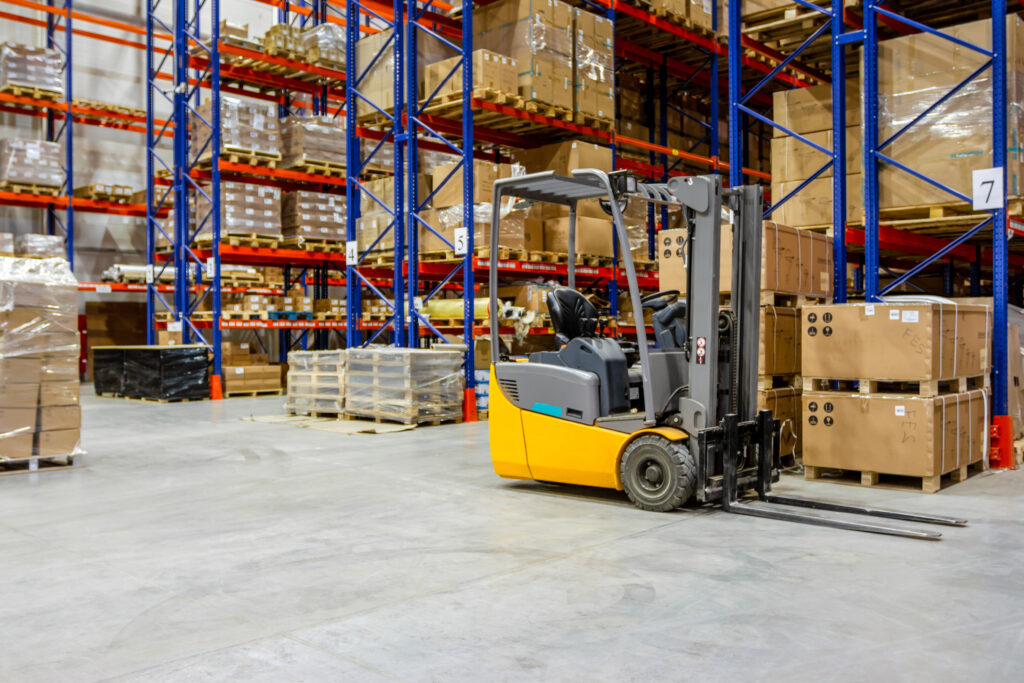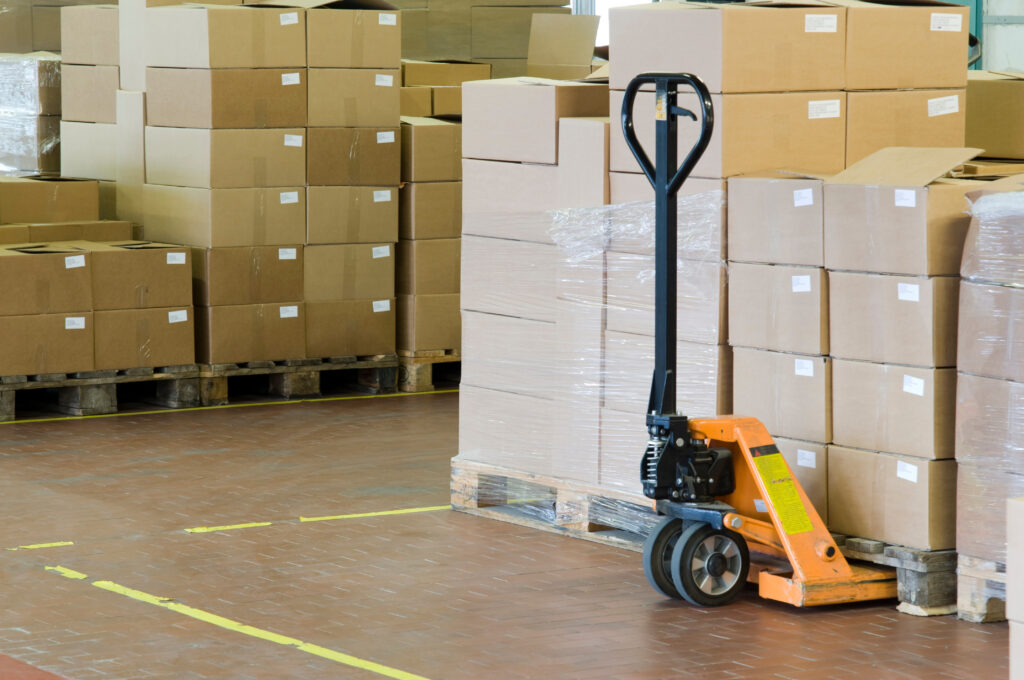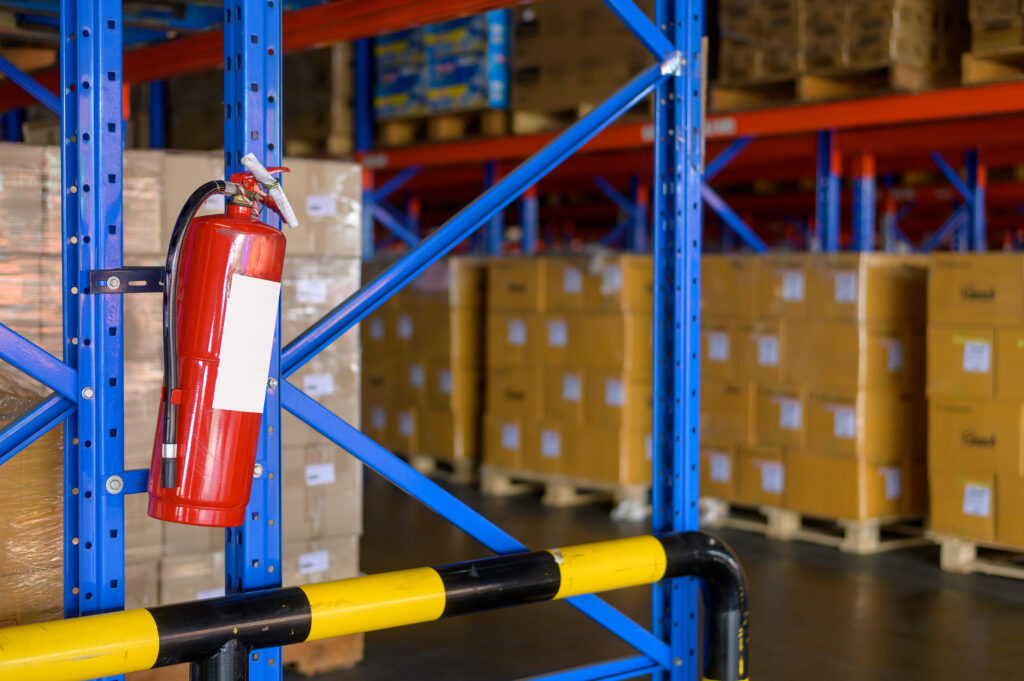
What to Do After Buying a Motorcycle
What To Do After Buying a Motorcycle After buying a new motorcycle, your inclination may be to begin riding right away. Although you may want
Warehouse owners juggle many challenges- seasonal demand, staffing, and meeting customer expectations are only a few of the items on their plate. With so many items vying for attention, it’s possible for some safety risks to be overlooked until it is too late. When safety practices are not being followed in the warehouse, it can potentially lead to employee injuries, lawsuits, and sometimes even fines. Time spent proactively assessing risks in your warehouse is a smart decision. Below is a non-exhaustive list of areas to consider.
The heavier a load, the lower it should be stowed. Save the higher shelves for lighter loads. Consult with your local building and fire codes to see what distance from fire sprinklers objects should be kept. Always keep aisles and passageways clear, and be sure there is enough room for equipment to pass through. Consider having paint or a highly visible wall marker to show the maximum stacking height.

While forklifts can be a convenient tool in moving loads, they can also present many risks. If you use forklifts in your warehouse, all operators should be trained and licensed. Having someone operate a forklift who is under 18 years old is a violation of federal law in the U.S. (OSHA.gov). There are many types, makes, and models of forklifts. Because of this, it is important to familiarize yourself with the operating manual of each forklift, commonly found behind the seat. The manual should always be kept on the forklift. Employees should have training for each model of forklift they are operating. Know the load capacity for each forklift, and the proper way to distribute weight in the load. Forklifts should be inspected daily before use. Look for leaks, tire pressure, and visible defects. Report any defective forklifts that are found, and remove them from use. Train employees on how to spot defects and report them to a supervisor. Forklifts should have hazard warnings printed on them.
Before a load is moved manually, see if the task can be done using a pallet jack or other piece of equipment. Train your employees on proper lifting techniques. Monitor employees in the warehouse and note any repetitive motions, forceful exertions, or awkward postures. Have regular trainings or meetings to discuss lifting techniques and have employees discuss challenges they may be experiencing.

There is no one-size-fits all blueprint for warehouse safety. While many procedures will carry over to a majority of warehouses, there may be risks present in your warehouse that can only be spotted in person. Block or rope off areas where employees could fall more than four feet. Make sure dock edges are clearly marked. If you house chemicals, be sure they are stored somewhere safe and secure that meets national fire codes. Look for areas where guardrails should be added. Look for unstable walking surfaces, and have a procedure in place for employees to report unstable walking surfaces. Look for broken lights, or areas where lighting is not sufficient.
Keeping your warehouse clean is about more than just checking boxes- it’s also about preventing slips, trips, falls, and being prepared for evacuations. Spills and wet floors should be cleaned up immediately. Remove potential tripping hazards such as stray electrical cords, or objects that intrude into walkways. Doorways, passageways, and loading docks should be kept clear.

If your warehouse had to be evacuated, would your team know how to respond? Be sure that the location of emergency exits is known, and your team knows where to gather once they leave the building. Employees should be trained on what to do in a fire, as well as a natural disaster. Be sure that your warehouse has the adequate amount of fire extinguishers, and hold regular trainings on how to use them. Make a list of telephone numbers for reporting incidents, and communicate to your team what incidents should be reported.
Create a workplace environment where employees feel comfortable communicating safety hazards. Find different avenues to communicate safety procedures regularly, whether it is a team meeting, breakroom signage, or an employee newsletter. Talk with your team to see if they need more equipment, are getting enough rest, and that goals are realistic.
___________________________________________________________________
This article is for general informational purposes only and is not to be relied upon or used for any particular purpose. Cross Insurance shall not be held responsible in any way for, and specifically disclaims any liability arising out of or in any way connected to, reliance on or use of any of the information contained in this article. The information contained or referenced in this article is not intended to constitute and should not be considered legal, insurance, accounting or other professional advice, nor shall it serve as a substitute for the recipient obtaining such advice. The views expressed in this article are that of its author and do not necessarily represent the views of Cross Financial Corp. and its subsidiaries and affiliates (“Cross Insurance”) or Cross Insurance’s management or shareholders.

What To Do After Buying a Motorcycle After buying a new motorcycle, your inclination may be to begin riding right away. Although you may want

New Hampshire Homeowners Insurance How to Get Insurance Quotes for Your Home in NH When it comes to selecting an insurance policy for your New

What to Do After Buying an Existing Business The time period after buying a business can be both exciting and stressful. Making an investment into